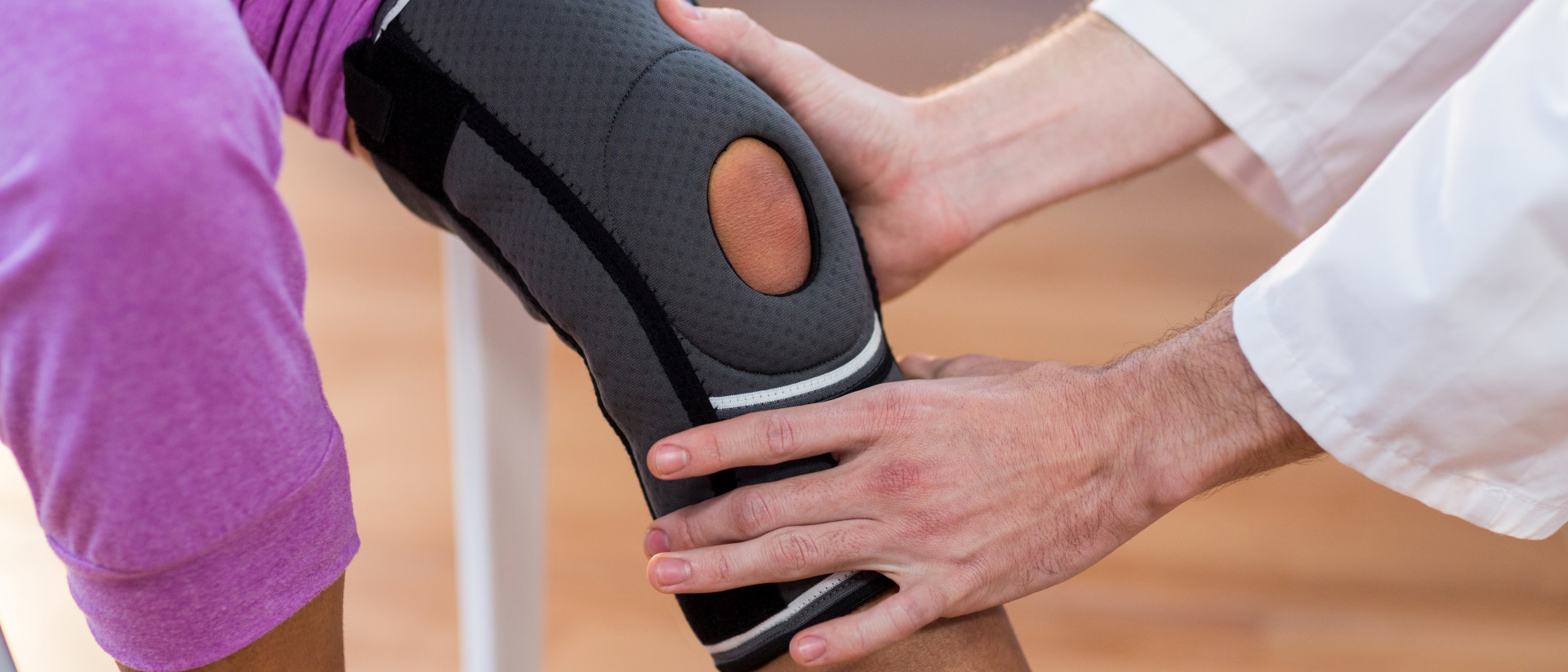My product is compliant under the old MDD, what has changed with the new MDR?
The MDR has changed the scope of the medical device legislation and extended its application to all economic operators in the supply chain (manufacturers, authorized representatives, importers and distributors).
- The new MDR emphasizes a lifecycle-based safety approach - to be supported by clinical data and new requirements such as transparency and traceability
- The manufacturer must establish and prove quality management and risk management systems specific to the product and conduct a clinical evaluation
- Reports must include all undesirable effects, defects and malfunctions, not just life-threatening incidents
- Stricter requirements for reprocessing
- Evidence of comprehensive clinical evaluations

